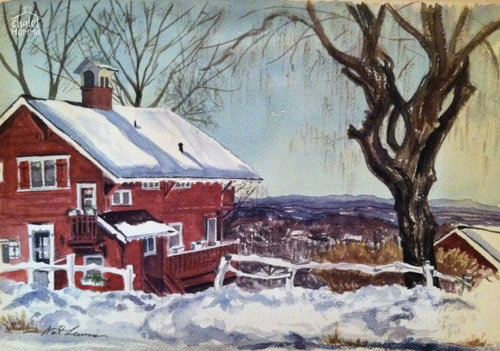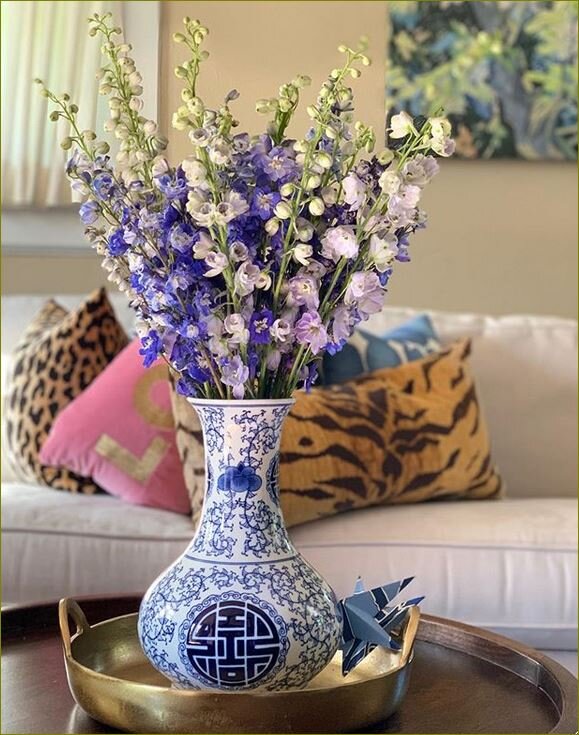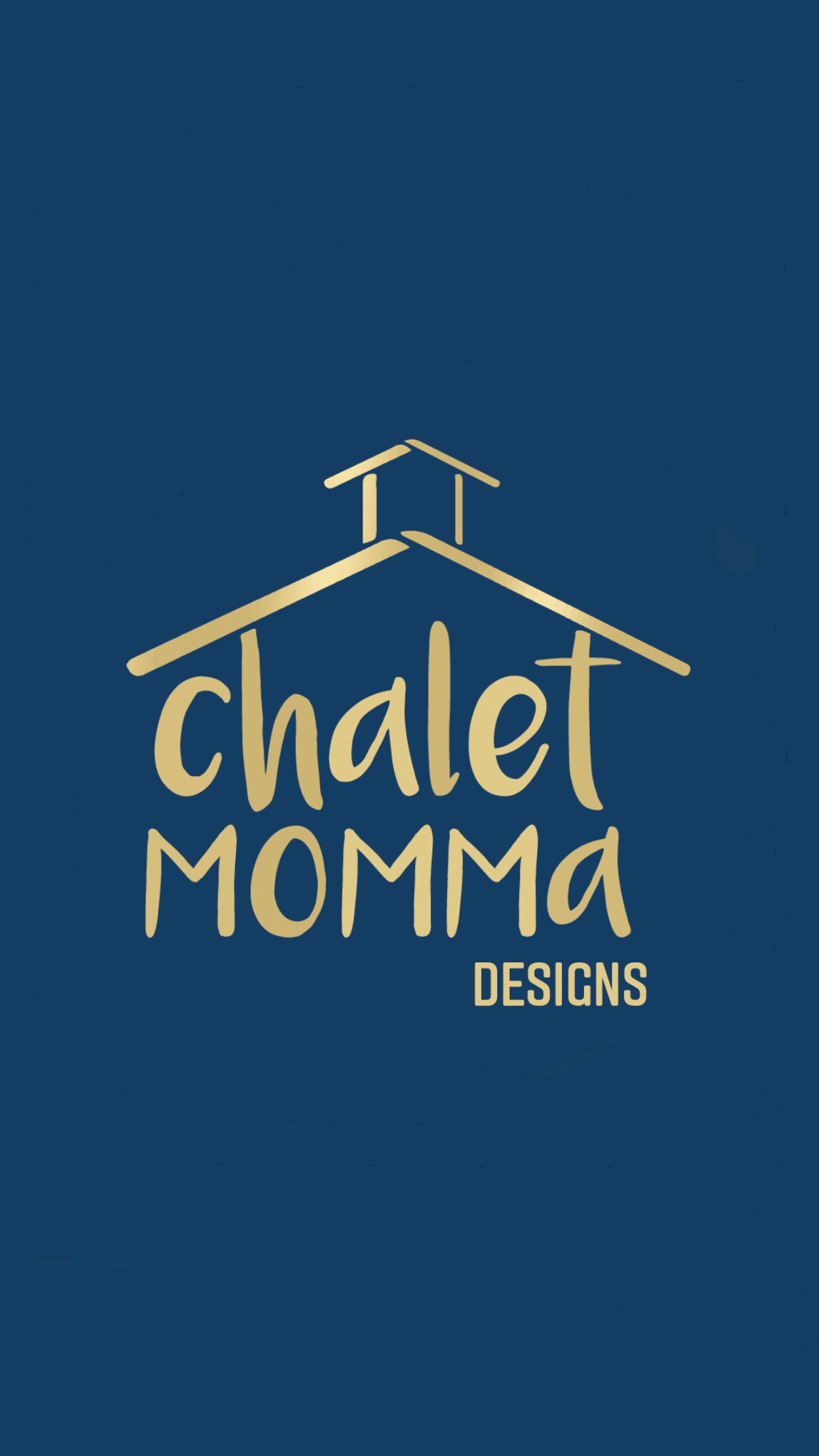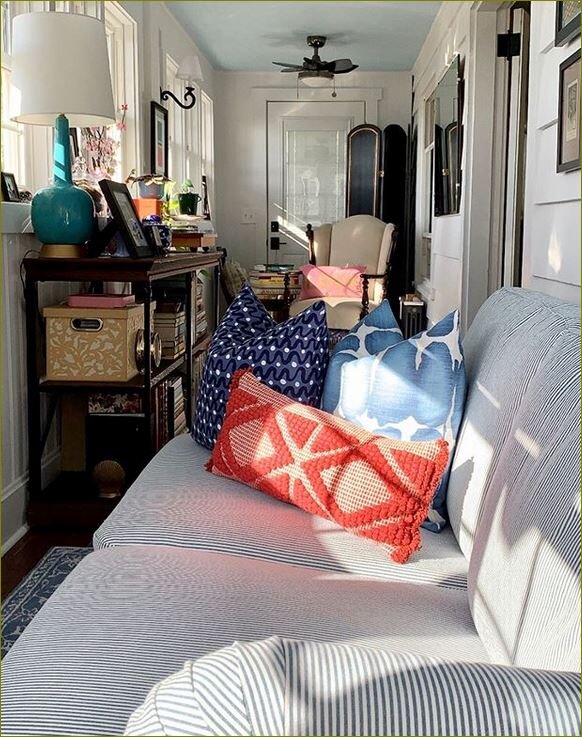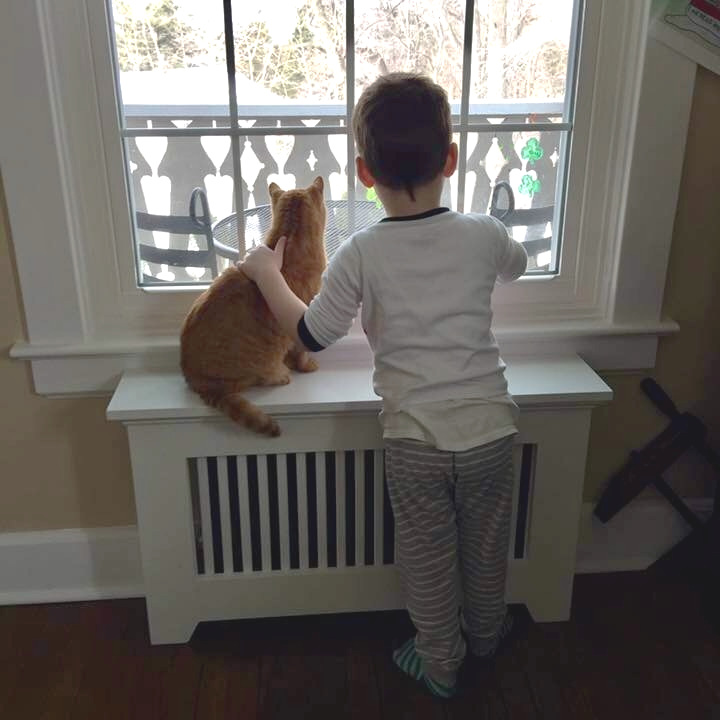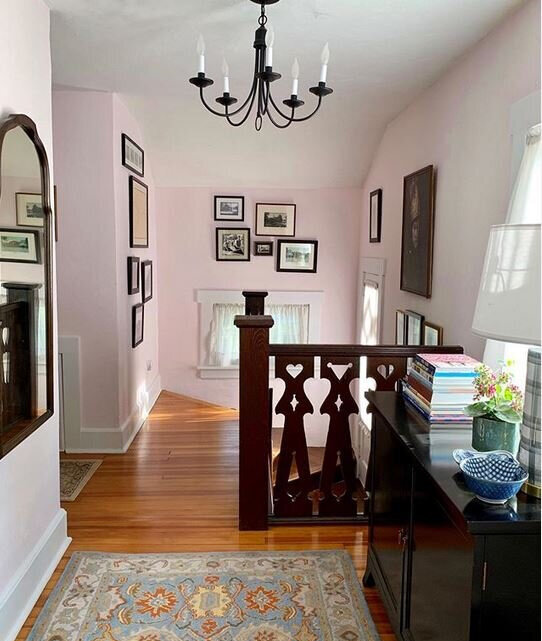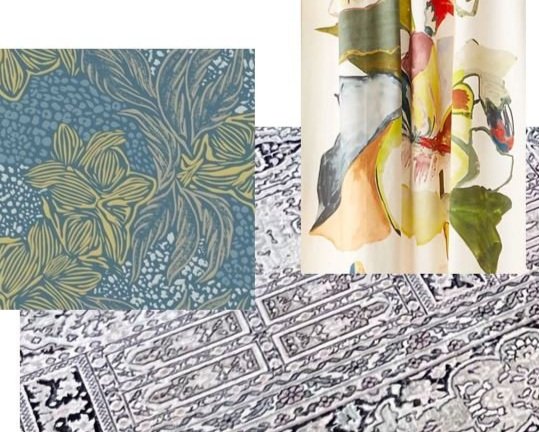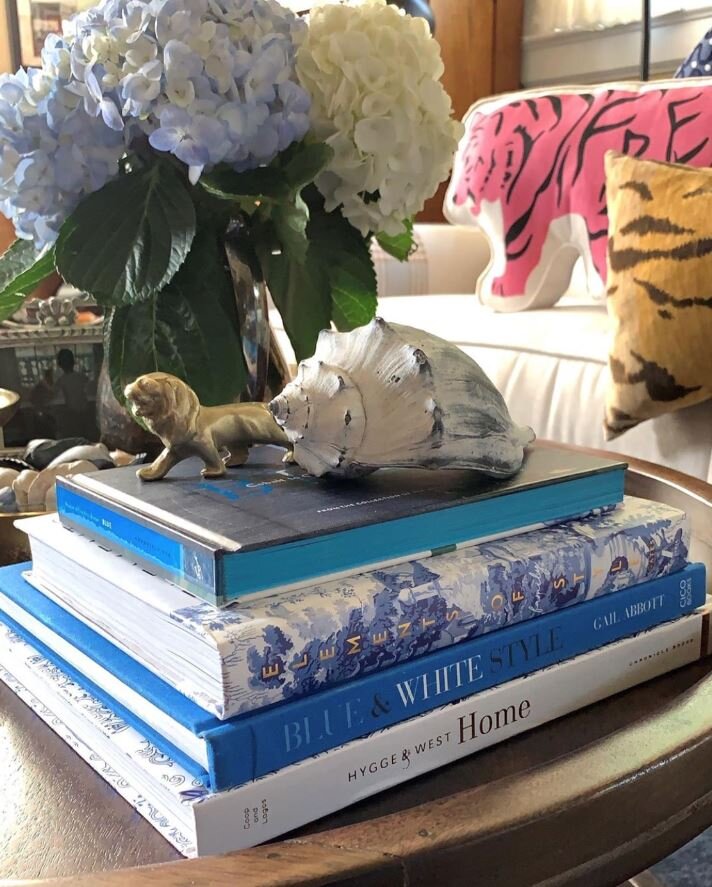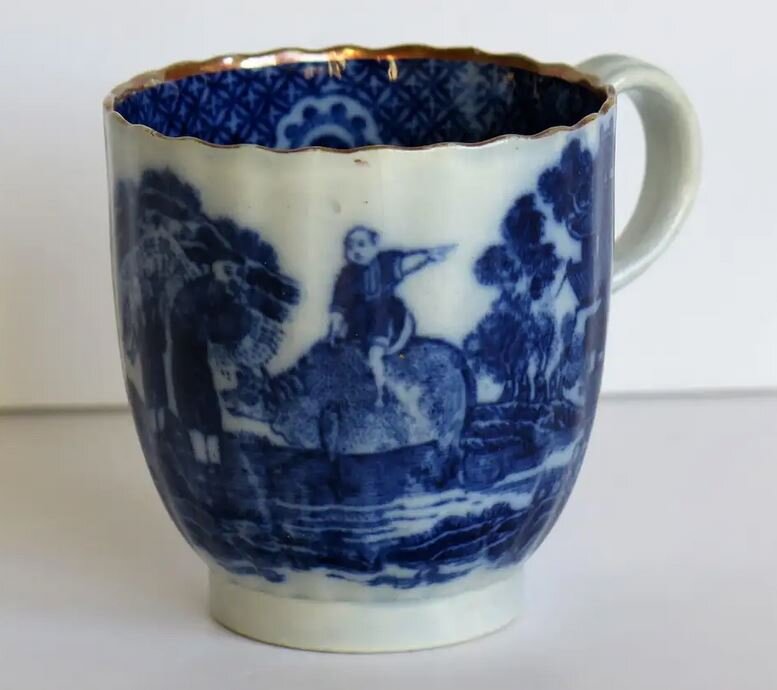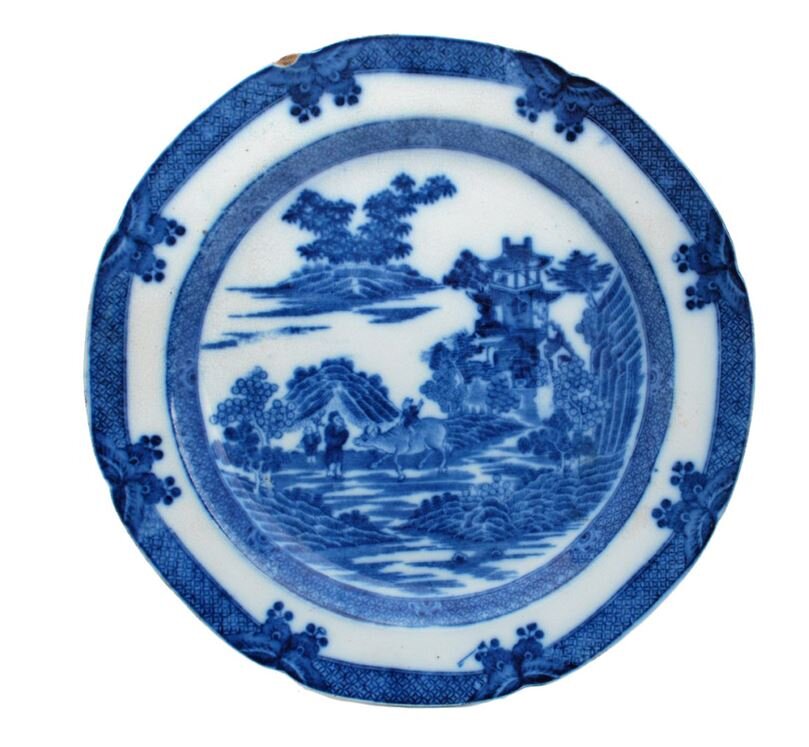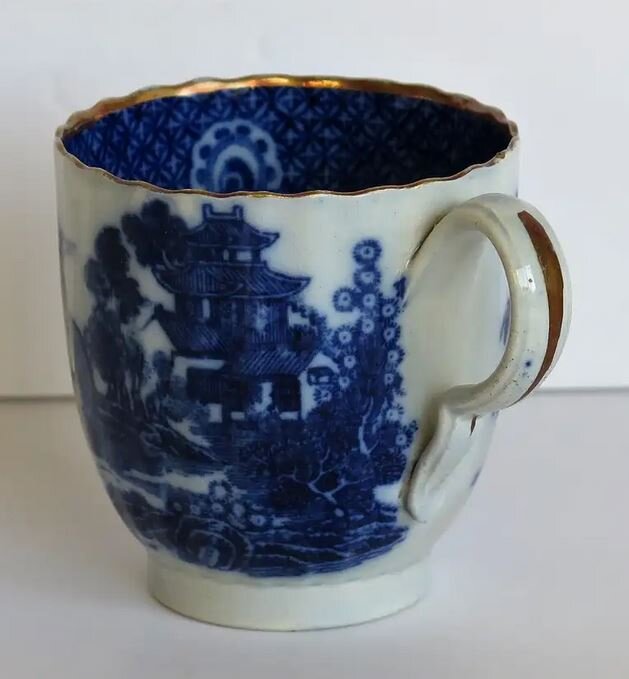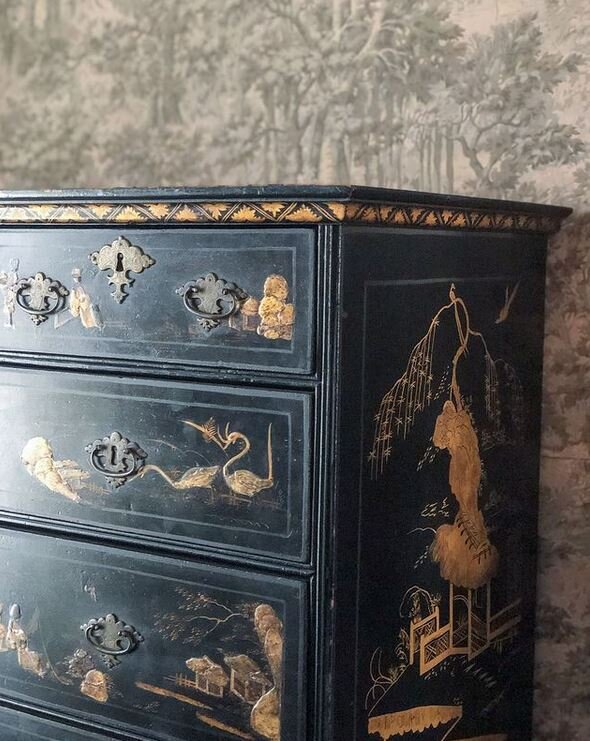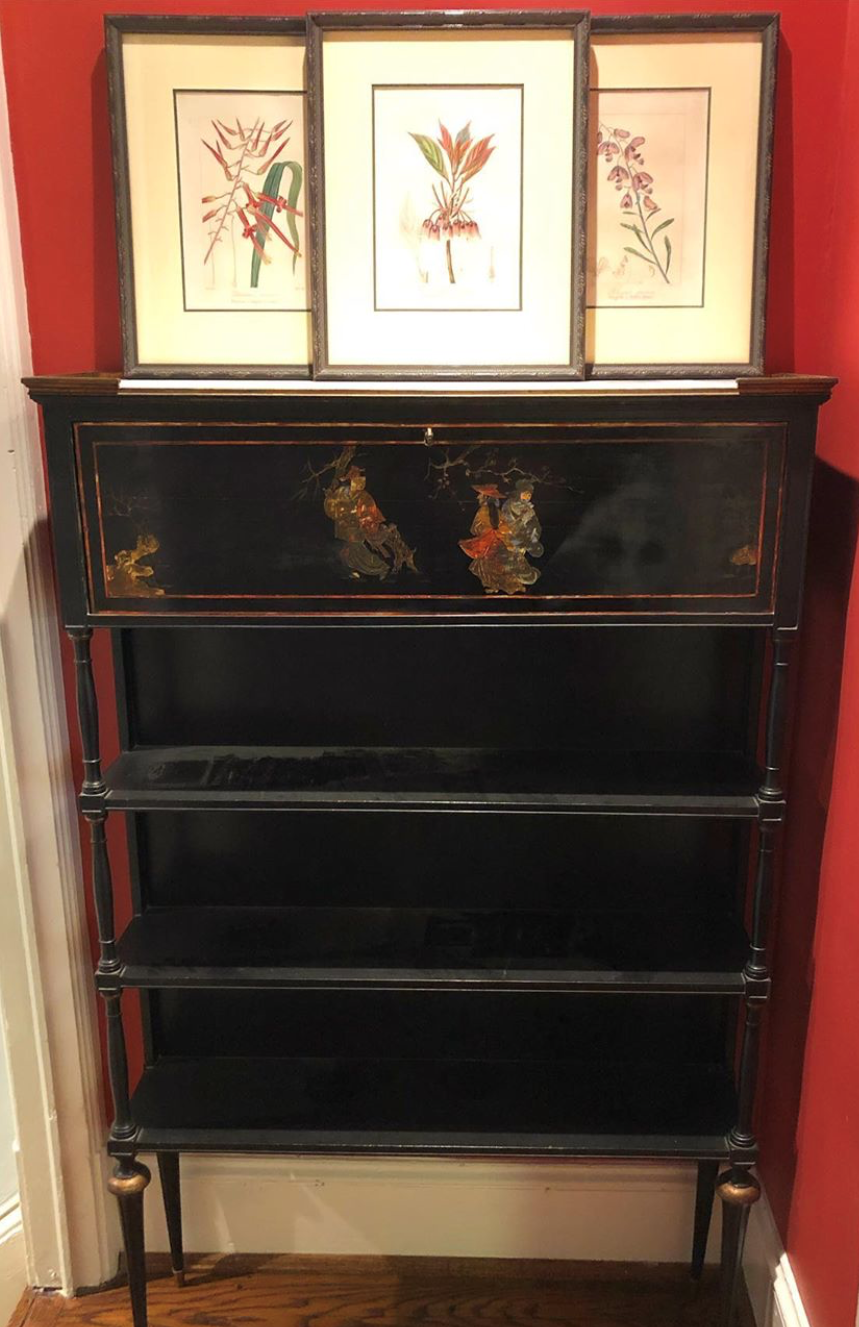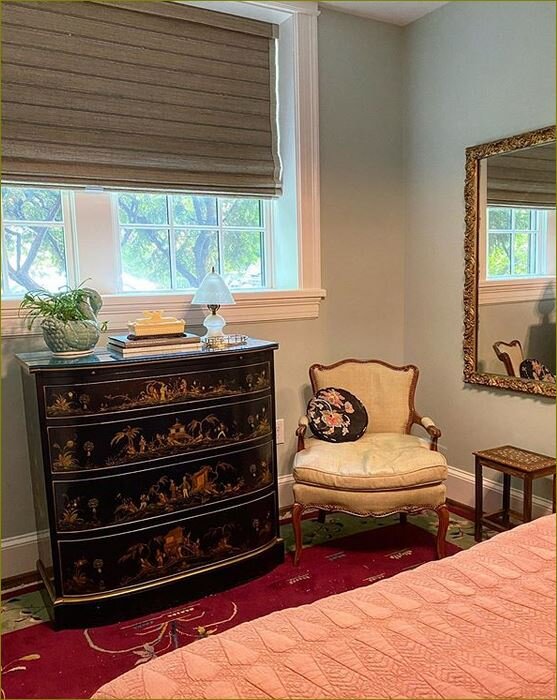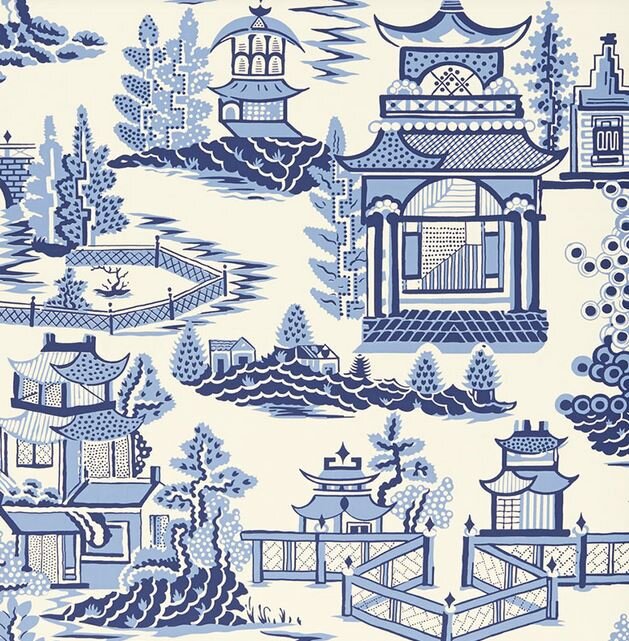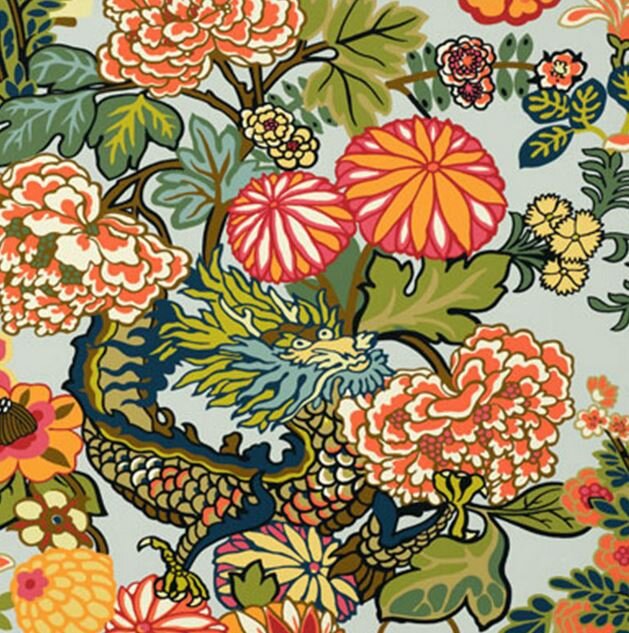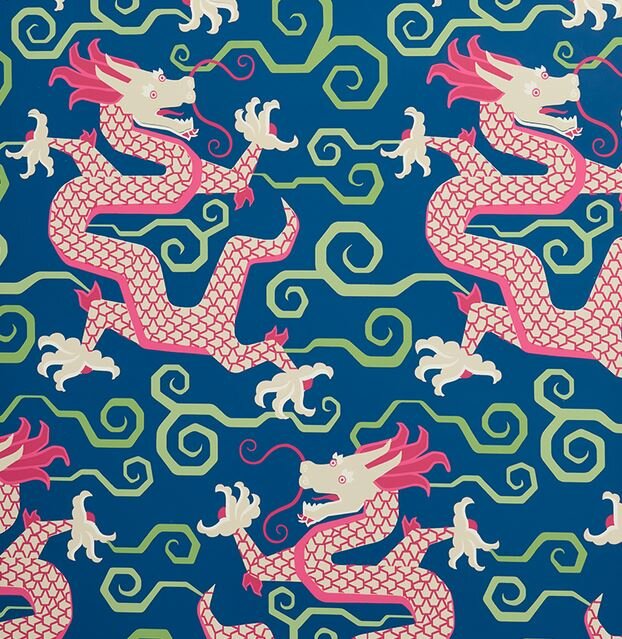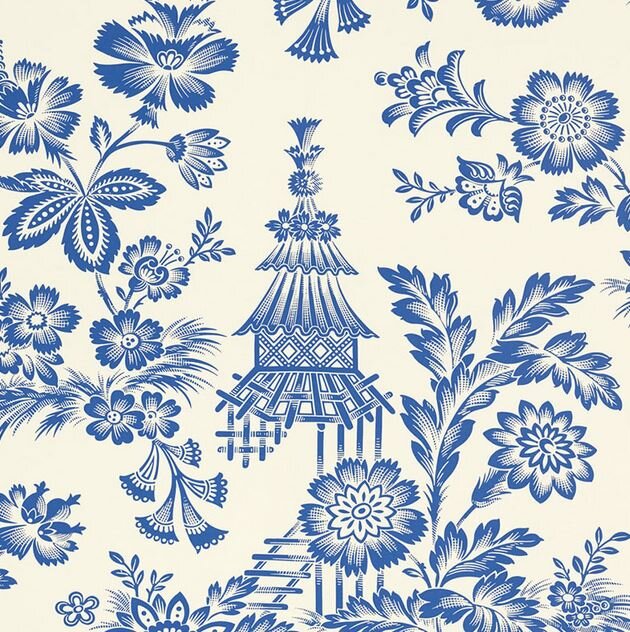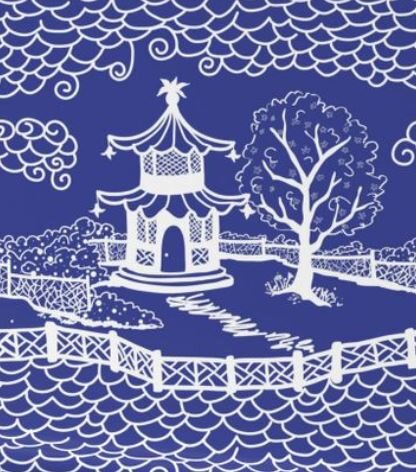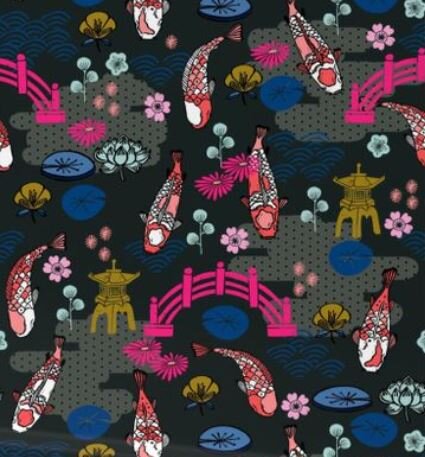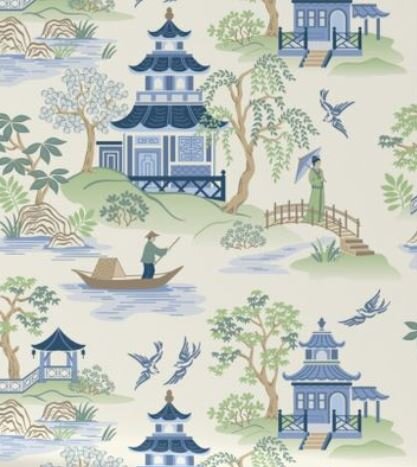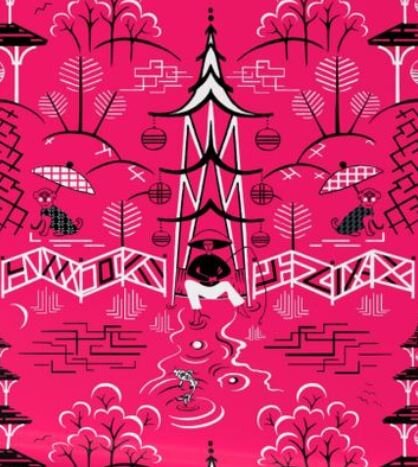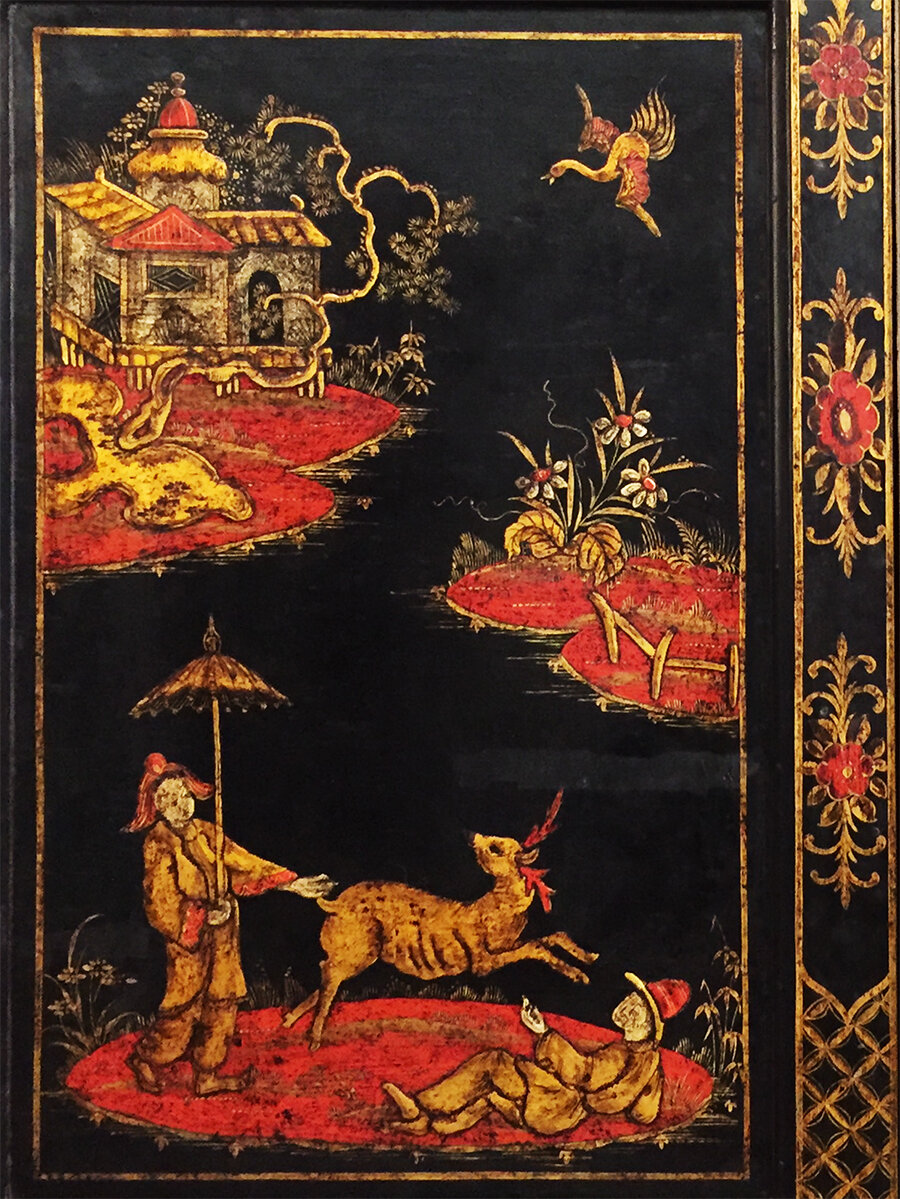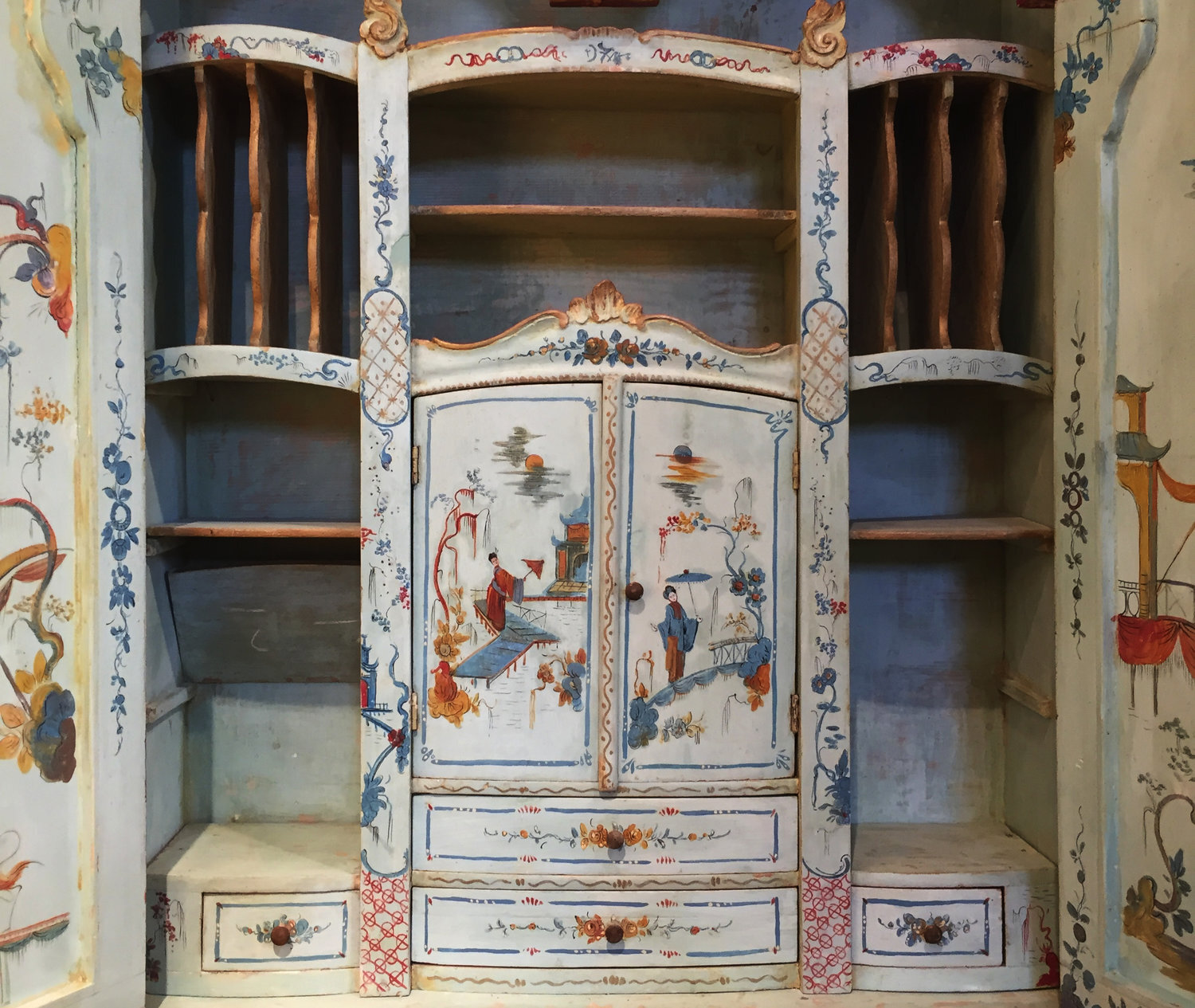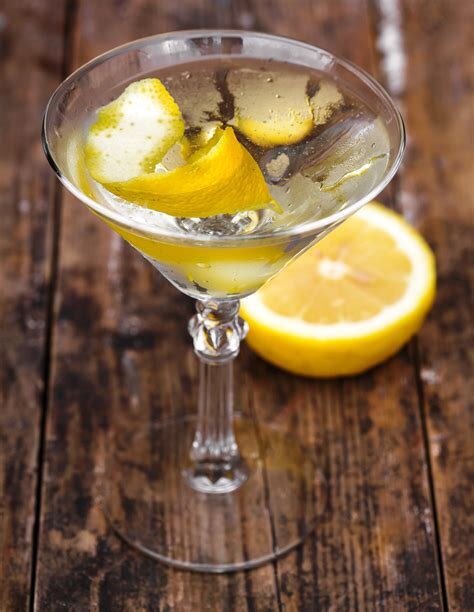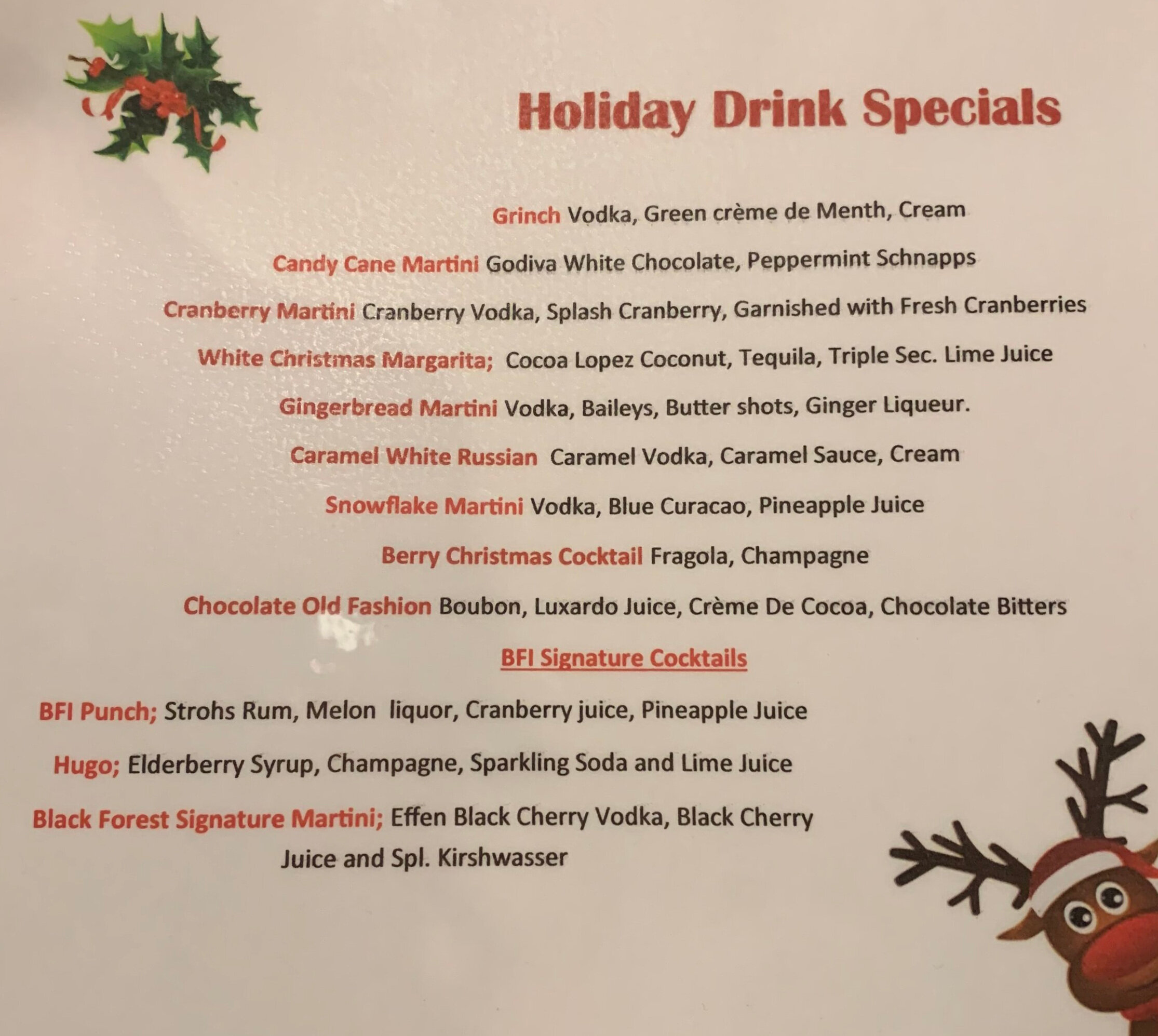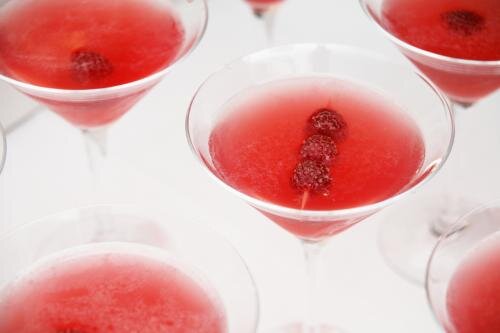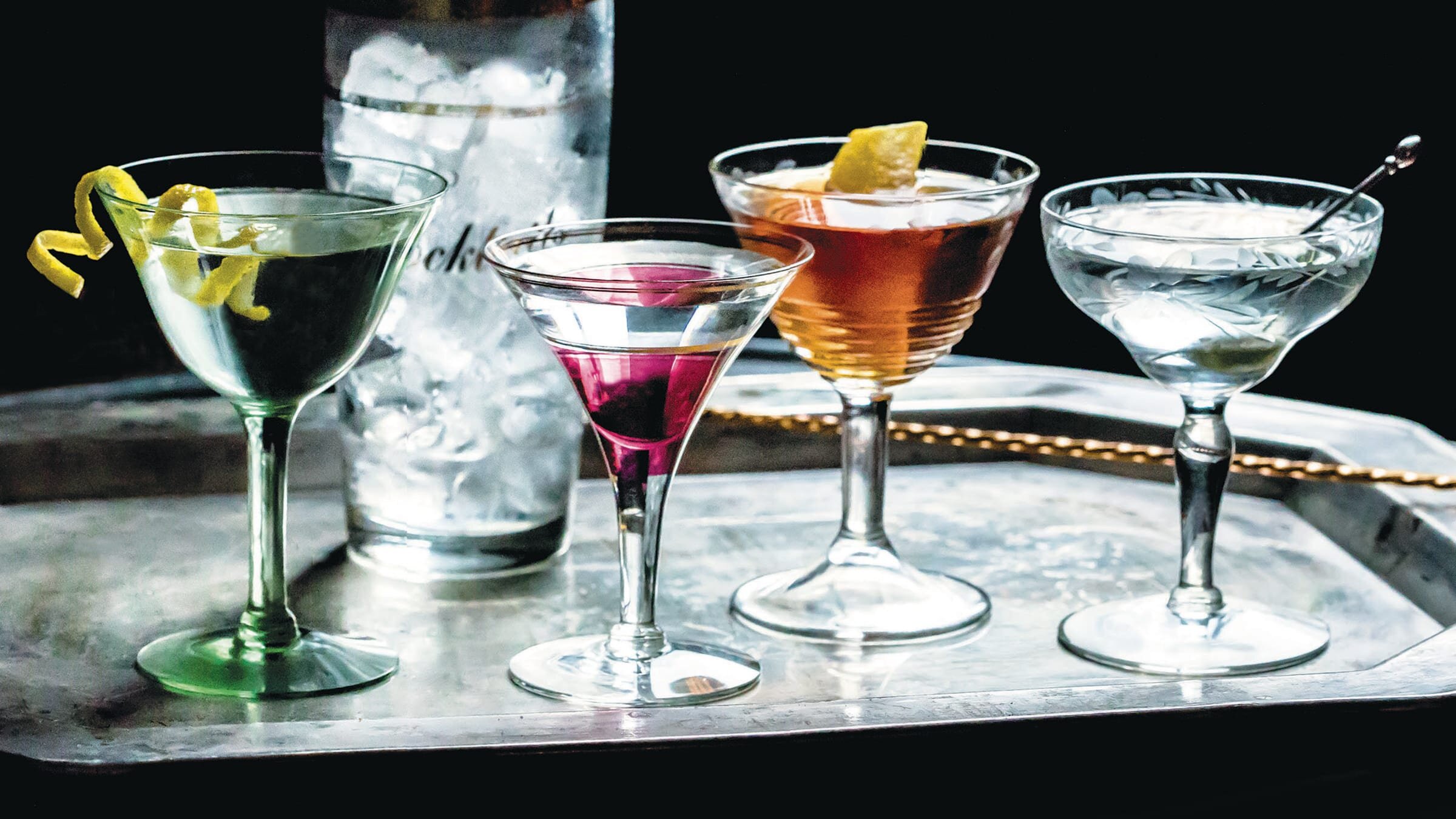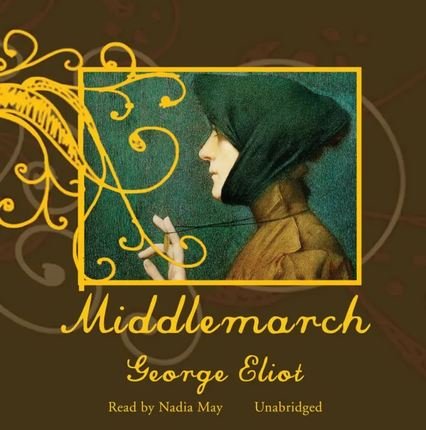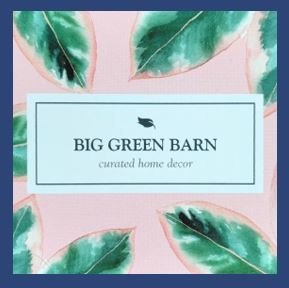Showstopping Chinoiserie
/My love of Chinoiserie started when Great Aunt Alice’s Cabinet came into our home when I was a child. It was the first thing you laid eyes when entering.
I enjoy sharing the history of color and design movements - The term Chinoiserie means an imitation of Chinese and East Asian arts - including architecture, decorative arts, garden design, literature, music and theater.
18th-century Chinese export porcelain, Guimet Museum, Paris
But, first came tea. Europeans were introduced to the China drink tee in 1610 by the Dutch East India Company. Tea drinking became popular, along with the porcelain cups the Chinese used. The Chinese porcelains were beautifully decorated with blue and thin in contrast to the thick, heavy earthenware of most Europeans. In 1709 one typical order required forty tons of China ware. These pieces are now known as Export China. These porcelains were expensive and the English potters wanted to manufacture and sell their own.
By 1790 a name we still know today - Josiah Spode developed a recipe that was easy to fire, decorate and known for it’s whiteness and durability.
Chinoiserie is the interpretation of the Chinese Culture and it gained popularity in the 18th century due to the rise in trade with China and France was the first embraced China and all her beauty. The dominant style at that time was highly decorative rococo – Asian motifs, ornaments and colors fit perfectly into this style. François Boucher’s artwork is a good example of Chinoiserie painting.
Lacquerware like my cabinet can be many different types of items: including containers, furniture and tableware. The surface is sometimes painted with pictures or has inlaid shells or carving before it is lacqured. True lacquer is not made outside Asia, but some imitations, such as Japanning in Europe or parallel techniques, are often loosely referred to a "lacquer."
This chest is in Peacefield the home of President John Adams outside of Quincy, MA.
19th Century Antique Lacquer ARmoiire
These pieces are in the home of Anna Weaver a Chinoiserie lover.
Both the designs above and below are modern. Chinoiserie can be anything today.
Tea Caddy
Gorgeous Chinoiserie lacquerware furnishings.
Chinoiserie can be furnishings, wall coverings, fabrics and ceramics.
Til next time friends stay safe!

